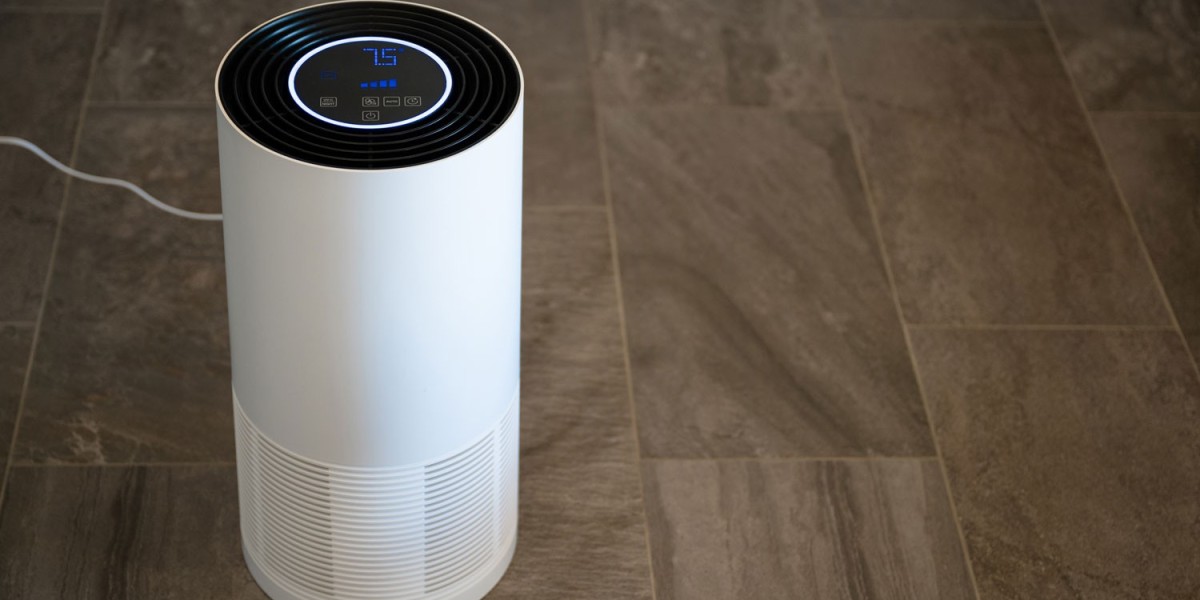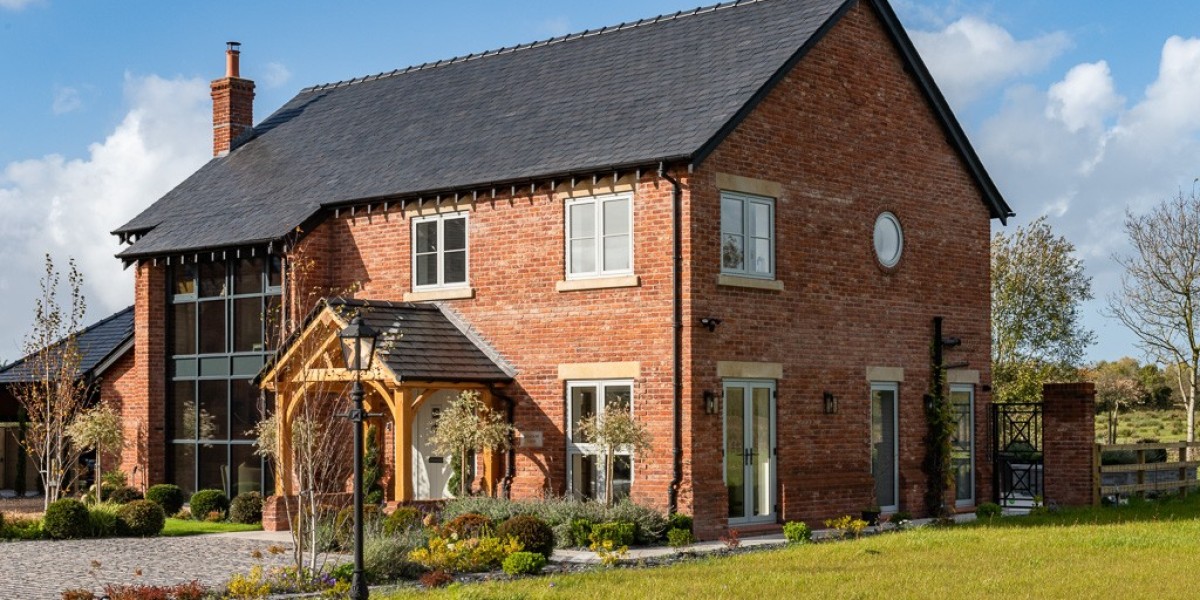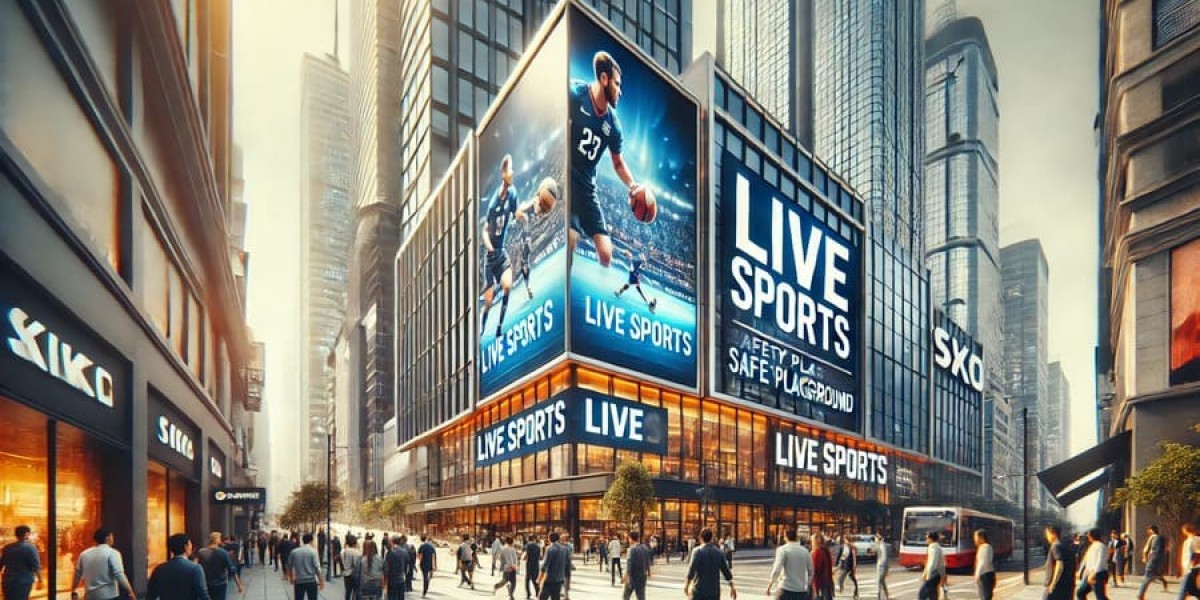The conversation around air quality has permanently shifted from comfort to health. In this new paradigm, ultraviolet air purification is emerging as a critical, science-backed layer of defense. Moving beyond standalone units, the technology is being woven into the very fabric of buildings through HVAC systems, creating continuously protected environments that actively work to reduce the spread of illness and improve overall well-being.
This integration into building infrastructure is a major factor propelling the sector forward. According to Straits Research, the global UV air purifier landscape was valued at USD 1.74 billion in 2024 and is projected to reach from USD 2.01 billion in 2025 to USD 6.5 billion by 2033, registering a CAGR of 15.8% during the forecast period (2025-2033). This growth is fueled by commercial and residential investment in long-term health security and the modernization of ventilation standards.
Innovation Focus and Competitive Analysis:
Innovation is focused on seamless integration, energy efficiency, and expanding the scope of what UV can eliminate.
HVAC Integration: The most significant growth area is in-duct UV systems. Companies like Carrier Global Corporation (USA) and Trane Technologies (Ireland) are embedding UV-C lights directly into commercial and residential HVAC systems. This allows for the continuous disinfection of air as it circulates, protecting entire buildings without occupying floor space.
The Rise of UV-A + TiO2: Some manufacturers are exploring photocatalytic oxidation (PCO). This technology uses UV-A light (a safer wavelength) in combination with a titanium dioxide (TiO2) catalyst to break down pollutants, VOCs, and odors into harmless compounds. This is seen as a complementary technology to the pathogen-killing power of UV-C.
Focus on Energy and Safety: A key challenge has been energy consumption and ozone emission. Leaders in the space are developing systems that only activate their UV lamps when the HVAC fan is running, conserving energy. Furthermore, reputable manufacturers adhere to strict standards to ensure their lamps are designed to prevent ozone generation, a known lung irritant.
Regional Regulatory Landscapes: In North America, standards from organizations like ASHRAE (American Society of Heating, Refrigerating and Air-Conditioning Engineers) are increasingly referencing UV air treatment as a valid tool for improving IAQ. In China, consumer demand for air purification remains incredibly high, driving domestic innovation from companies like Midea and Xiaomi, which are incorporating UV into feature-rich smart purifiers.
Emerging Trends: Data-Driven Air Management
A major trend is the convergence of purification and building analytics. Smart UV systems in commercial buildings can be tied to IAQ sensors that monitor total volatile organic compounds (TVOCs), CO2, and particulate matter. The system can use this data to modulate UV intensity and fan speed, providing disinfection on demand and optimizing energy use.
Furthermore, the application of far-UVC is a budding area of research. This specific wavelength is believed to be lethal to pathogens but safe for human exposure, potentially allowing for continuous disinfection of occupied spaces. While still largely in the R&D phase, it points to a future of even more integrated and people-friendly air purification.
Recent News and Developments:
The sector's momentum is evident in recent announcements. Carrier recently launched a new line of UV products for its HVAC systems, emphasizing a 50% reduction in energy use compared to previous models. In a landmark move, a major U.S. school district announced a USD 20 million initiative to install UV-C light systems in all its school ventilation units to reduce student and staff absenteeism. From Europe, Philips has introduced a new air purifier model that uses a proprietary UV technology to reduce certain airborne viruses by 99.9%, according to lab testing.
Summary: UV air purification is evolving from standalone units to an integrated component of smart building management systems. The focus is on HVAC integration, energy efficiency, and leveraging data to provide targeted disinfection.













